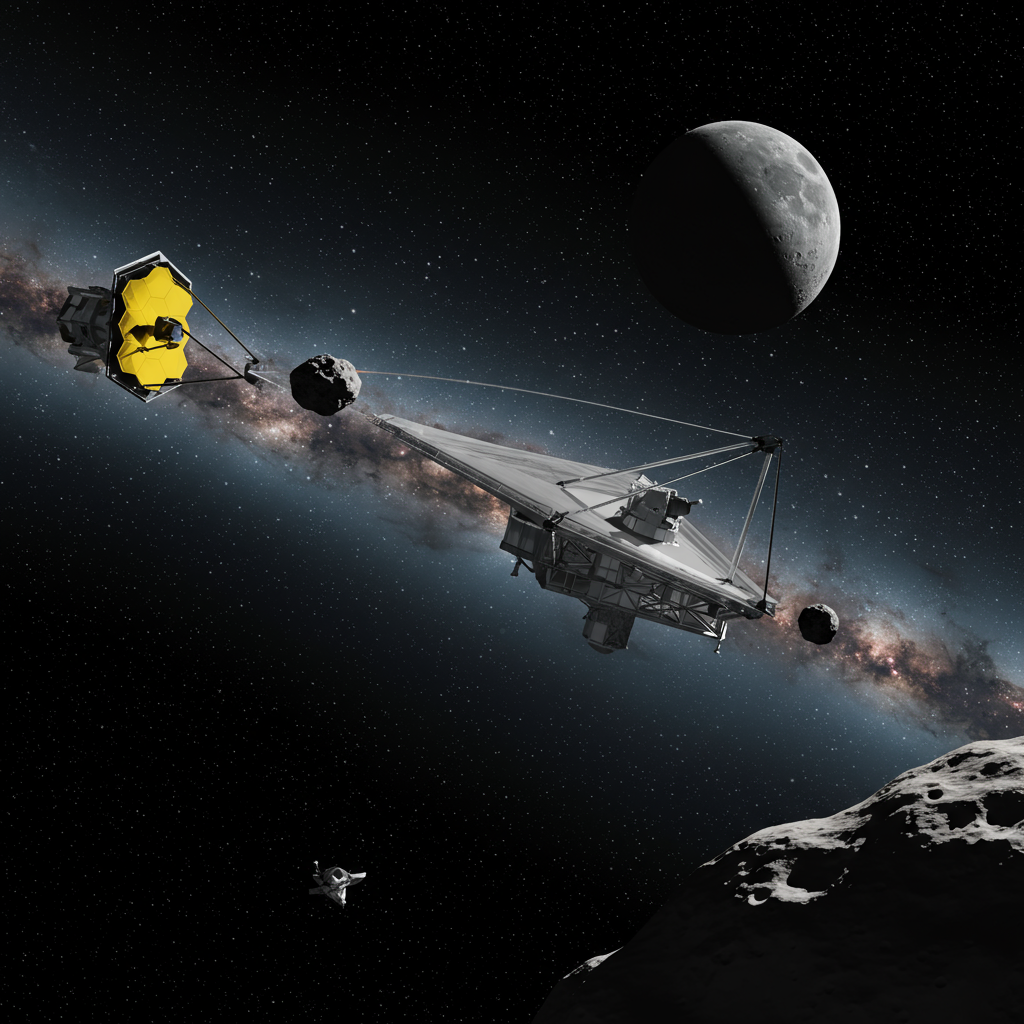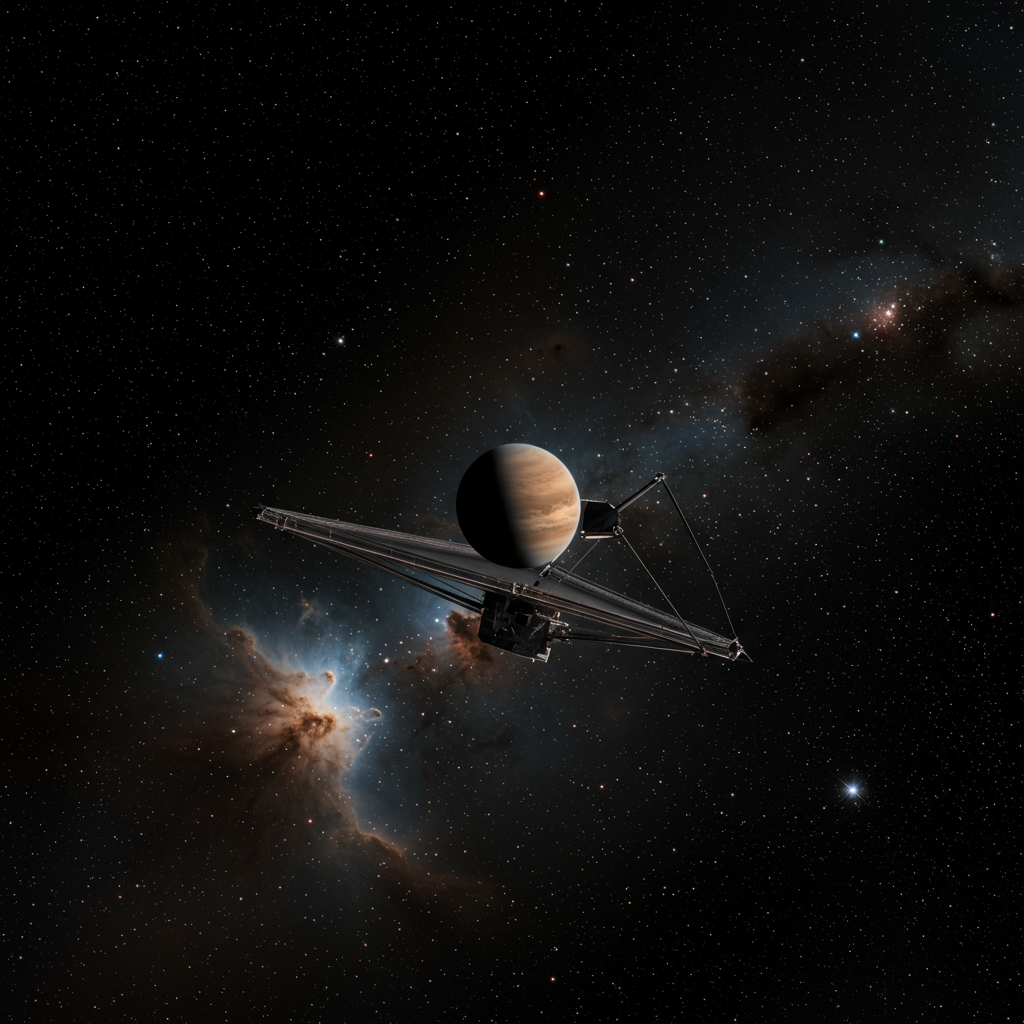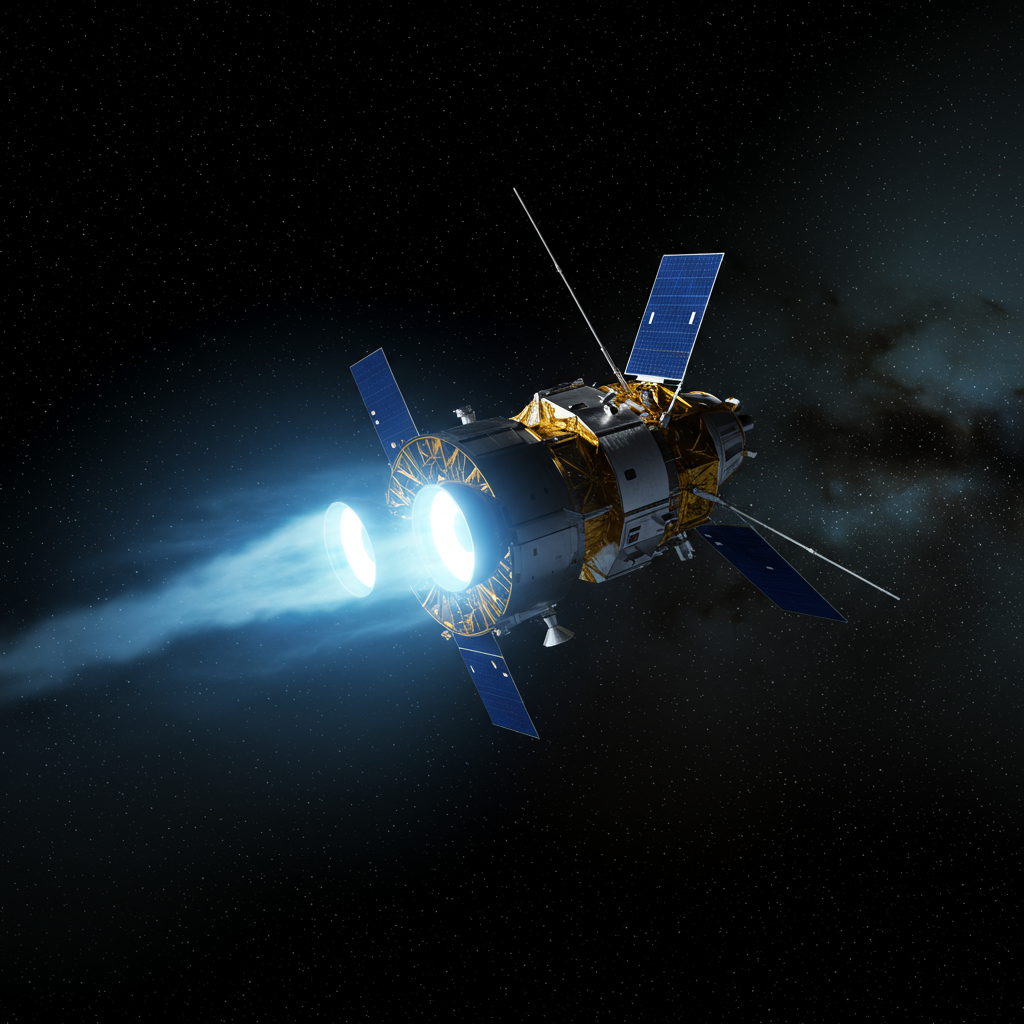A recent and ambitious space burial mission ended in significant disappointment when its payload capsule, carrying the cremated remains of 166 individuals and a unique scientific experiment, crashed into the Pacific Ocean. The failure occurred during the critical reentry phase, marking a somber moment for the burgeoning field of memorial spaceflights and the families who entrusted their loved ones to this journey among the stars. The incident highlights the inherent risks of space exploration, even as companies strive to push the boundaries of commercial space services.
This particular mission, dubbed ‘Mission Possible’, was a collaboration between Texas-based space burial firm Celestis and German aerospace startup The Exploration Company (TEC). Launched on June 23rd, the mission aimed to achieve a key milestone: the return of a payload capsule from orbit to Earth. For Celestis, it represented their first attempt at a round-trip space burial, offering families the possibility of retrieving a commemorative flight capsule after their loved ones’ brief journey in space.
The spacecraft involved was TEC’s Nyx capsule. This was only the second launch for the Nyx vehicle, underscoring the early-stage nature of TEC’s development efforts. The mission’s cargo was diverse and poignant, containing not only the ashes arranged by Celestis for 166 participants from across the globe but also cannabis seeds earmarked for a project known as ‘Martian Grow’. This citizen science initiative was designed to investigate the potential for cultivating cannabis in conditions simulating a Martian environment, adding a layer of scientific aspiration to the memorial flight.
Initially, the mission appeared to proceed as planned. Following a successful launch, the Nyx capsule reached orbit and performed according to pre-set parameters. It successfully completed two full orbits around Earth, demonstrating the vehicle’s basic orbital capabilities. During this phase, the various payloads aboard, including the Celestis containers holding the remains and the cannabis seeds for the ‘Martian Grow’ experiment, were reportedly powered nominally. The capsule also stabilized successfully after separating from its launch vehicle, achieving several crucial technical milestones for TEC.
The critical phase began when the Nyx capsule initiated its controlled reentry maneuver. For a successful mission, this phase requires precise calculations and flawless execution to withstand the extreme heat and forces encountered when plunging back into Earth’s atmosphere. While the capsule did manage to re-establish communication briefly during reentry after an expected blackout period, this contact was tragically short-lived. Communication was lost again just minutes before the anticipated splashdown in the designated recovery area.
Investigators believe a significant “reentry anomaly” occurred, causing the vehicle to deviate from its planned trajectory and descent profile. Instead of a controlled splashdown, the Nyx capsule crashed into the vast expanse of the Pacific Ocean. The impact and subsequent conditions made any recovery effort impossible. This means the cremated remains of the 166 individuals and the cannabis seeds carried aboard were lost at sea, unable to be retrieved or returned to the families and researchers.
For Celestis and the families they serve, the outcome was profoundly disappointing. Space burial offers a unique, symbolic way for individuals to honor their loved ones, allowing them a final journey that reflects a connection to space, science, or a sense of eternal presence among the stars. Celestis co-founder Charles M. Chafer acknowledged the deep personal significance of the service and expressed heartfelt condolences to the affected families. While the mission achieved technical successes like launch and orbital operation, the inability to complete the return and recovery phase was a significant failure of the overall service promised.
Despite the tragic ending, Chafer noted the symbolic value many families found in knowing their loved ones’ remains had orbited the Earth, even briefly. Celestis has committed to supporting the affected families with transparency and care following the unexpected space burial crash. The company is navigating the difficult process of communicating the loss and offering support, understanding the emotional weight tied to this unique form of memorialization.
Adding another dimension to the flight was the inclusion of cannabis seeds for the ‘Martian Grow’ project. This payload represented a citizen science effort to explore the viability of growing certain plants, specifically cannabis, in extraterrestrial-like conditions. While the primary purpose of the mission for Celestis was memorial, the inclusion of such scientific experiments highlights the evolving nature of commercial space missions, which often combine diverse objectives on a single flight. The loss of this payload also impacts the progress of that research initiative.
The Exploration Company (TEC), as the developer and operator of the Nyx capsule, took responsibility for the failure. They issued a statement describing the mission as a “partial success” coupled with “partial failure.” TEC highlighted the successful technical achievements during the flight, such as the successful launch, orbital operations, and initial reentry phase. However, they acknowledged the critical failure during the final moments of reentry.
TEC is currently undertaking a thorough investigation to determine the precise “root causes” of the reentry anomaly that led to the nyx capsule crash. Such investigations are standard practice in the space industry after anomalies and are crucial for learning from mistakes and improving future vehicle designs and mission parameters. The company expressed gratitude for their team’s hard work, noting that they were pushing technological boundaries under challenging constraints.
The failure of this mission underscores the inherent risks associated with developing and operating space vehicles. Spaceflight remains incredibly challenging, with countless potential points of failure from launch through orbit and reentry. Each mission provides valuable data and lessons, even in failure. TEC has indicated its intention to leverage the technical achievements and the lessons learned from this celestis mission failure to prepare for and execute future flights, including a potential re-flight of a similar mission.
For families considering space burials, this event serves as a stark reminder of the pioneering nature of such services. While companies like Celestis have successfully conducted dozens of missions scattering remains in space or sending them on lunar or deep space journeys, missions involving atmospheric reentry and recovery add another layer of technical complexity and risk. The incident prompts reflection within the space community and among prospective clients about the ambitious and sometimes unpredictable nature of reaching for the stars.
Frequently Asked Questions
What happened to the space burial capsule carrying human remains?
The Nyx capsule, part of a mission called ‘Mission Possible’ carrying the cremated remains of 166 people and cannabis seeds, crashed into the Pacific Ocean. The failure occurred during the atmospheric reentry phase after successfully completing two orbits around Earth.
Who was involved in this failed space burial mission?
The mission was a collaboration between Celestis, a space burial company based in Texas, and The Exploration Company (TEC), a German aerospace startup that developed and launched the Nyx capsule. Celestis provided the space burial service, while TEC provided the launch vehicle and capsule technology.
Were any remains or items recovered from the capsule crash site?
No, unfortunately. Due to the nature of the reentry anomaly and the subsequent crash into the Pacific Ocean, neither the capsule nor its contents, including the cremated remains of the 166 individuals or the cannabis seeds, could be recovered.
The space burial failure is a setback for Celestis and TEC, but both companies have reaffirmed their commitment to the future of space missions and supporting those affected by this unfortunate event. Investigations into the reentry anomaly are ongoing to prevent similar incidents in the future as the commercial space industry continues to evolve.




